Black-out booklet might help brighten bleak lockdown blues
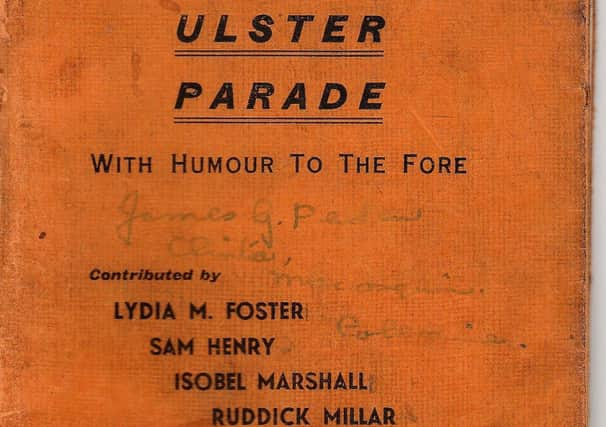

A number of News Letter readers were enthralled with QUB historian Colin Armstrong’s hypothesis that Irish architect James Hoban’s designs for the USA’s Presidential Residence were inspired by Castle Coole in Enniskillen.
Many claim that Hoban based his White House plans of 1792 on Dublin’s Leinster House and we were all hoping that the historic Fermanagh building might now seize the honour!
Advertisement
Hide AdAdvertisement
Hide Ad“Very interesting,” a London emailer observed, “there’s more than just a passing resemblance with Castle Coole.”
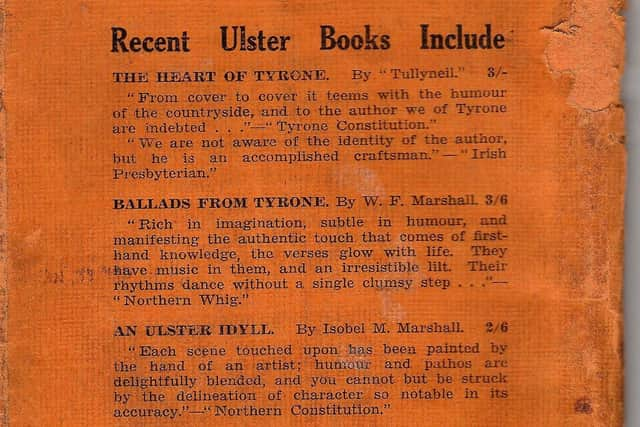

Admitting family connections with Fermanagh, the emailer continued “Castle Coole has got to have been the main inspiration for the White House, they’re virtually identical!”
While more than a few American visitors to the National Trust property down the years have noted the likeness. Colin Armstrong repeatedly stressed here that it’s merely a theory. And in a post script to his hypothesis several weeks ago he said he’d discovered hundreds of references to James Hoban in the catalogue of the US National Archives.
“I have yet to go through them all,” Colin told us. He has, and sadly the outcome isn’t to Castle Coole’s advantage!
Advertisement
Hide AdAdvertisement
Hide Ad“I’ve now looked through the Washington D.C. National Archives catalogue,” he has just emailed, adding “I couldn’t see anything of relevance. I fear that the hypothesis will have to remain hypothetical.”
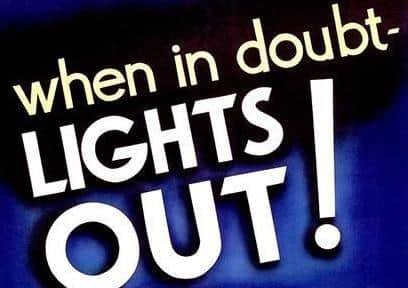

Next, as promised at the top of the page, a little WWII booklet called ‘Ulster Parade’.
“It’s a Bright Book to Beat the Black-out, or the Lockdown,” exclaimed Hugh McGrattan in his email, with the flair of an author, local historian and former editor of the Coleraine Chronicle!
Hugh re-discovered the small paper-backed booklet while sorting through some family papers that had belonged to his late uncle and immediately noticed how relevant this little publication was to our Covid-19 situation, despite being around 80 years old!
The rest of today’s Roamer-page is Hugh’s:
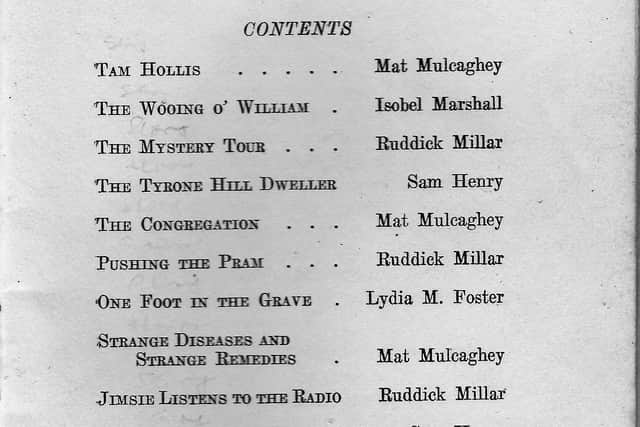

Advertisement
Hide AdAdvertisement
Hide Ad‘Ulster Parade’ is clearly a WWII publication, a little over four by six inches - an A5 sized magazine, although such page-size codes would have been unknown in the 1940s.
Everything about it shouts shortages and economising - no pictures, no colour, 48 simply-printed pages produced at lowest cost.
Yet ‘Ulster Parade’, published by The Quota Press of Belfast, declared itself to be “A Bright Book for the Black-out”, thus giving proof of its identity.
For the Black-Out was the wartime equivalent of today’s Lockdown!
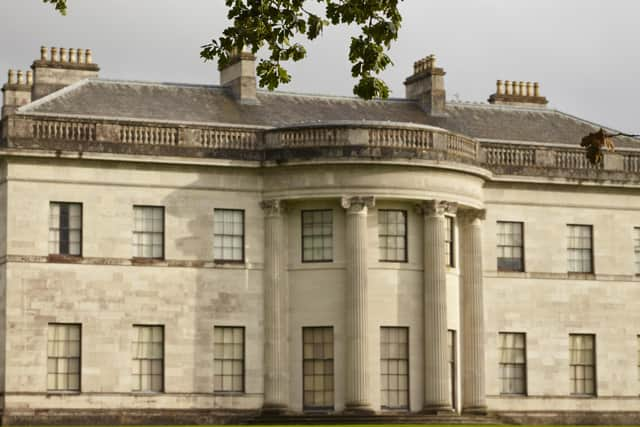

Advertisement
Hide AdAdvertisement
Hide AdStreet and outdoor public lighting of any kind were strictly prohibited. Anyone showing a light after dark was swiftly and vociferously admonished, and even fined for the sin… as anyone who has ever watched Dad’s Army will know - “Put that Light out!”
Unlike Lockdown, which hopefully will last for only a few more weeks, the Black-out went on for nearly five years - from September 1939, when war broke out, until the autumn of 1944, when the threat of Nazi bombers reaching Northern Ireland had receded.
‘Ulster Parade’ may have been published monthly and this particular edition (which bears no date) had 11 items by six well-known writers and broadcasters of the day.
Lydia M. Foster, a familiar voice on the BBC’s Home Service, contributed a comic one-act play - “One Foot in the Grave” - dealing with war-time shortages, an elderly farmer and expectant friends and relatives waiting for a return for their generosity to him.
Advertisement
Hide AdAdvertisement
Hide AdSam Henry, then known provincewide as an historian and folk musician, shared two short articles based on some of the unforgettable characters he had encountered during his travels in County Tyrone and New York.
Isobel Marshall and Ruddick Millar, established authors and poets, contributed several beautifully-written items, while Mat Mulcaghey (real name William G. Wilson Guy), who was then a hugely popular Ulster actor, heard frequently on local radio (the BBC Northern Ireland Home Service) was the author of no fewer than three thought-provoking tales told largely in the Ulster tongue.
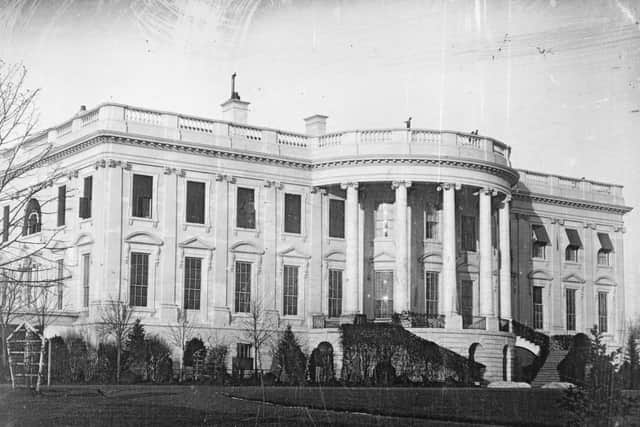

A beautiful poem from the pen of “Tullyneil” brings ‘Ulster Parade’ to a close.
The author was Professor R.S. Marshall, brother of Rev. W.F. Marshall. These two talented brothers, both Presbyterian ministers, wrote poetry about Ulster country life that is still a firm favourite of many people.
Advertisement
Hide AdAdvertisement
Hide AdThe particular piece of verse chosen was “Unconquered”, which is one of the finest poems ever penned in tribute to the poor but indomitable tenant farmers who for 300 years were the backbone of Ulster agriculture.
The plain cover of ‘Ulster Parade’, created from two folded layers of heavyweight coloured paper, follows the main title with the sweeping claim “With Humour to the Fore”.
At the bottom of the page the cost is given as 1/6 - one shilling and sixpence, or seven and a half pence in modern money. On the back cover are advertised “other recent Ulster books” from the Quota Press with prices ranging from 1/6 up to 3/6 (17.5 pence).
I wonder if many copies of the “Bright Book for the Black-out” have survived?
Advertisement
Hide AdAdvertisement
Hide AdIf you are fortunate enough to get your hands on one, it’s worth the reading.
I read ‘Ulster Parade’ in a couple of hours and felt the better for it - 48 pages of good wholesome Ulster humour aimed to lift the lowest of Lockdown spirits!